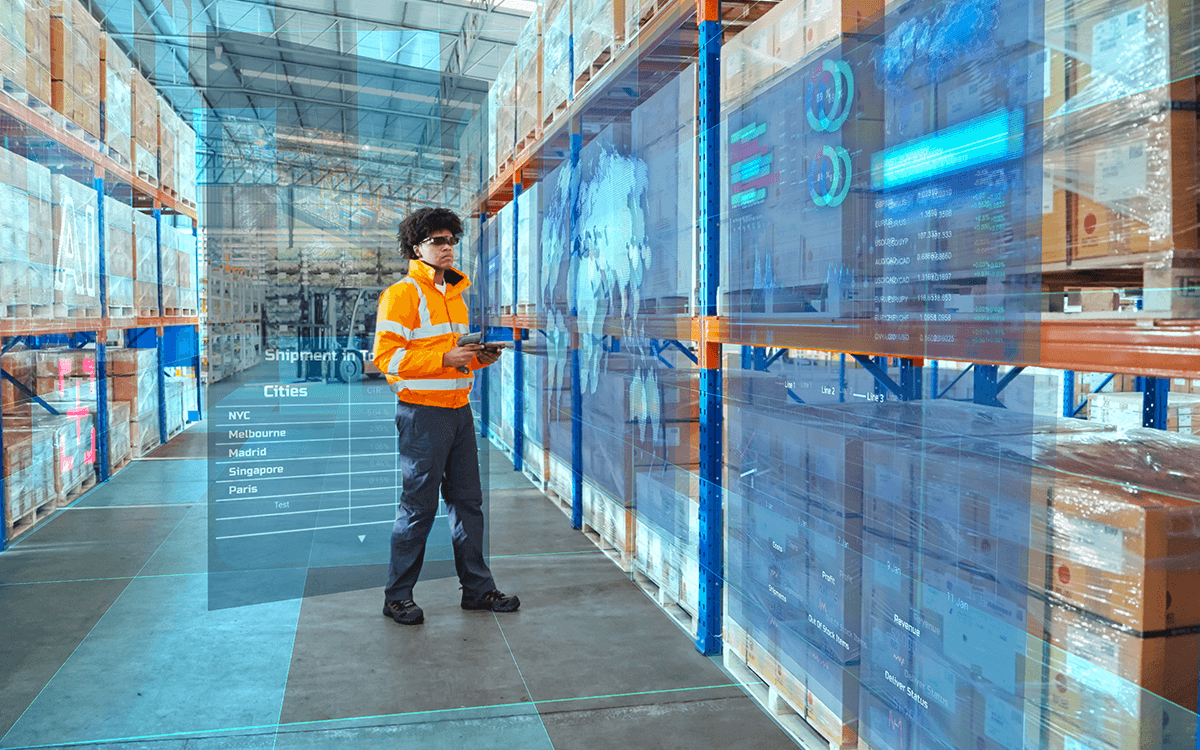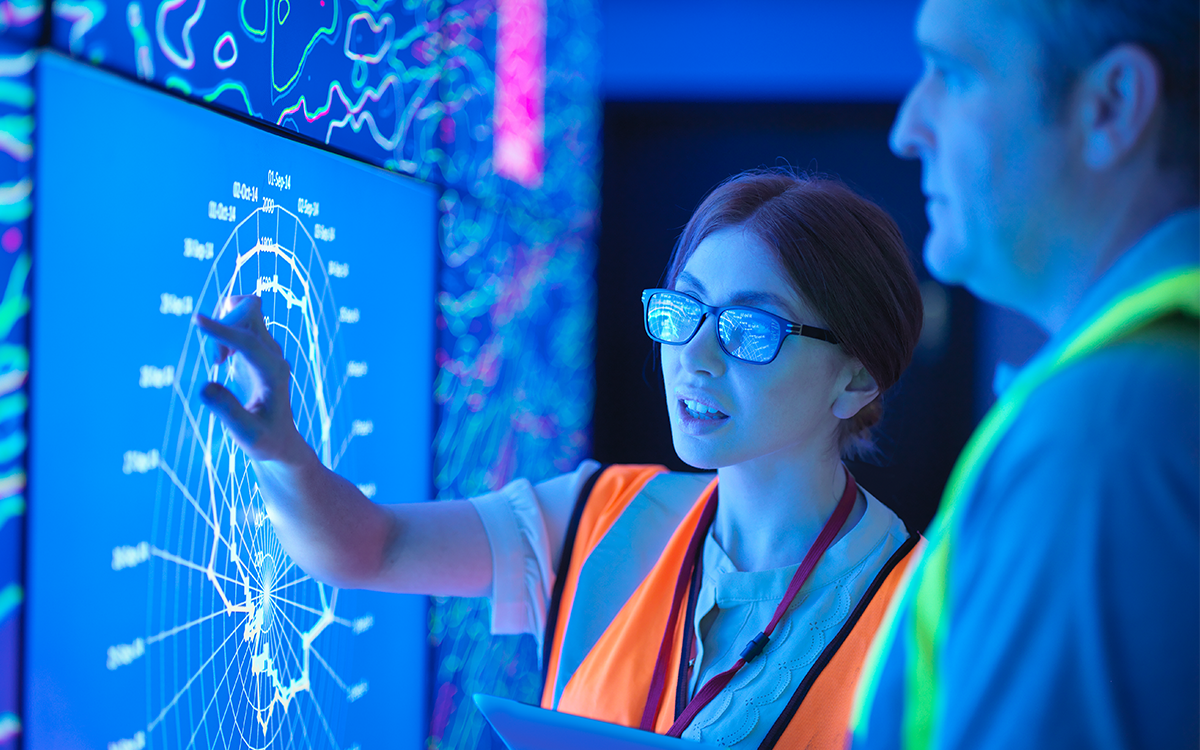Technology innovations for a faster emergency response and safer society
Fujitsu / February 26, 2024
Calls to emergency numbers are quite simply a matter of critical importance. Whatever the incident, effective response and coordination between emergency services is crucial. And response time is key.
Every call to an emergency number needs to be treated with the utmost urgency, especially as the odds of catastrophe more than double (*1) if the response time is over eight minutes. But with over 240m emergency calls every year (*2) in the US alone (650 thousand+ calls per day), that’s not easy to do.
Without question, there is extreme pressure on every call handler. They need to be able to manage calls and balance speed with effectiveness, all while being personable, clear, and caring. They need to respond to a range of issues, from information requests (which should not have been made to an emergency response line) to major incidents that require prolonged caller interaction. Clearly, they can benefit from any support they can get.
Technology can play a significant role in supporting these challenging conditions. The right solutions can lead to significant efficiency gains, as well as removing guesswork. When it comes to coordinating an emergency response across multiple departments, this can be critical to success. Plus, the right technology choices can deliver enhanced data insights, prediction, and analytics, helping to streamline emergency response for a safer society.
It's clearly of critical importance, but what’s possible? And what can be achieved?
Contents
- The power of Unified Emergency Dispatch
- Effective resourcing with AI
- Enhanced situational awareness with digital twin and effective data
- Identifying and responding to fire risks faster – a real-world example
- Improving capability with cloud
- Deploying a unique Emergency Services Computer Aided Dispatch (ESCAD) system – a real-world example
- Smarter emergency support is available
The power of Unified Emergency Dispatch
When every second counts in an emergency scenario and significant pressure is falling on the dispatch worker, it’s important to have the tools to help. With extensive experience within the realm of public safety, Fujitsu’s Unified Emergency Dispatch solution ensures these critical situations can be managed with the utmost efficiency and precision.
While many dispatch rooms already have a Computer Aided Dispatch (CAD) system, these are often ageing rapidly. They also don’t communicate with partner agencies, forcing business processes where telephone calls are the only method to ensure collaboration between agencies. Naturally, that slows things down.
By comparison, the Unified Emergency Dispatch solution can communicate with other systems. This allows for the integration of various response teams, whether it’s different departments, different districts, or even an entire nation. It can also deliver real-time incident data, leading to greater accuracy during critical incident calls, as well as the all-important improved response times.
Opting for an integrated system is quite a simple starting point for improved results. But the right platform can offer so much more than just a single view of incidents.
Effective resourcing with AI
The next logical step for effective incident management and response is to give staff the backup they need to be even more efficient. This is the perfect opportunity for AI support. While we wouldn’t recommend using AI to answer calls directly, as the risks are simply too great, it can help in other ways. For example, there’s no better way of identifying trends. AI can join the dots between seemingly disparate events at speeds no human could hope to match.
It's not uncommon for the same incident to look very different from department to department. This could lead to multiple units responding to what is actually the same incident, without any coordination between them. This can be wasteful, and dangerous. By using AI to identify incidents that might be connected, coordination is much simpler, and can mean fewer resources are dispatched, leaving them available for other incidents.
For example, AI support could identify an increase in car thefts in a certain area. While car thefts rarely result in rapid police response being deployed, a trend of thefts in an area could lead to more effective deployment of police presence to deter or catch the thieves.
Separately, AI can also be used to effectively link different events together. For example, police could be responding to a break-in, while at the same time, the ambulance service is responding to help a person in the same area with bleeding hands and arms. In this scenario, AI would flag this with both services, so the ambulance service and the police know they may have found a suspected offender.
Enhanced situational awareness with digital twin and effective data
Digital twin technology is nothing new for dispatch officers. Certain aspects of the technology have been used in CAD systems for decades, but we’re only scratching the surface of what it can offer. The latest versions of digital twin technology can also be used in other areas of emergency response planning and process. Notably, it can be an enormous help for event planning, allowing officers to virtually plan, for example, a state visit. It helps planners identify safe convoy routes, spot camera blind spots and areas of risk, deployment areas for emergency assets, and much more. And that’s just one example. It can also support the fire service with hazard impact assessments, medical crews with traffic, and so on.
This technology can almost seem like science fiction to some in emergency response, but it isn’t. By utilizing the full power of GIS (Geographic Information System) Mapping and Real-Time Data Integration, which many organizations do not, they can benefit from enhanced situational awareness and improved decision-making, effectively saving time, resources, and cost.
Identifying and responding to fire risks faster – a real-world example
In an area where the risk of forest fires is extremely high, being able to spot areas of concern, or respond quickly to incidents can prevent a catastrophe. That’s why Fujitsu recently upgraded the mission-critical systems of a fire service tasked with tackling major forest fires. The new system uses a specialized Fujitsu program, along with AWS-hosted software, for increased resilience. Plus, Fujitsu also worked to install incident response Mobile Data Terminals in more than 5,000 fire vehicles, giving them access to incident data, accurate weather forecasting, relevant topography, and live communication with other responders.
Improving capability with cloud
While many dispatch systems are still run in-house, primarily because of security and confidentiality concerns, there are some significant benefits to be had by switching to a cloud system. It allows dispatchers to leverage many capabilities that simply wouldn’t have been available to them beforehand, such as analytics, cloud-based GIS services, traffic data feeds, or body-worn camera feeds with direct communication links. It’s extremely unlikely that these systems would be available using on-premises setups, and they would certainly be costly if they were.
Of course, one major issue worrying dispatchers and potentially preventing any system modernization is downtime. Many emergency service organizations are fearful of any loss of service when moving critical systems to the cloud. It’s a reasonable concern for any organization that cannot ever be unavailable, but there are ways of mitigating the risks.
Fujitsu’s expertise and support, alongside our demonstrable track record, can help ease the concerns of any dispatch organization. Everything is done in such a way as to ensure there is no risk to public safety, and minimal disruption for staff.
Deploying a unique Emergency Services Computer Aided Dispatch (ESCAD) system – a real-world example
Managing resources on an island isn’t easy. Unlike on a mainland, you can’t easily call on support from other districts or regions. That’s why Fujitsu has been rolling out a unified system, replacing existing disparate solutions for each emergency department. The resulting system aids collaboration and control between police, fire, medical, and more. That way, from car accidents to forest fires, a response would always be coordinated. It also significantly cuts the workload of dispatch officers, preventing confusion and ensuring the right resources are assigned to every incident.
Smarter emergency support is available
When it comes to such important matters, every efficiency and capability gain is crucial. That’s why the advances in technology that are included within the Unified Emergency Dispatch solution can be so valuable for a safer, more connected community.
Fujitsu’s ability and experience as a systems integrator can be invaluable within this space. We can work with authorities to pick the right technology and solutions, based on specific requirements, situations, and budgets. We believe this is critical for developing an effective solution relevant to your needs, and helping to create a more reliable, safer society.

Nick has had experience globally, specifically within the APAC market and the European market, where he has held leadership roles in strategy, architecture, and product management.
Nick is passionate about transforming services for the benefit of citizens and society.

From court case and offender management solutions, through to emergency response solutions proven to exceed the expectations of critical response businesses, Paul has been providing solutions for emergency service and justice organizations throughout Oceania for nearly two decades.
Located in Australia, Paul’s guidance is entwined in all regional implementations, but also in Canada and Japan.
Editor's Picks












